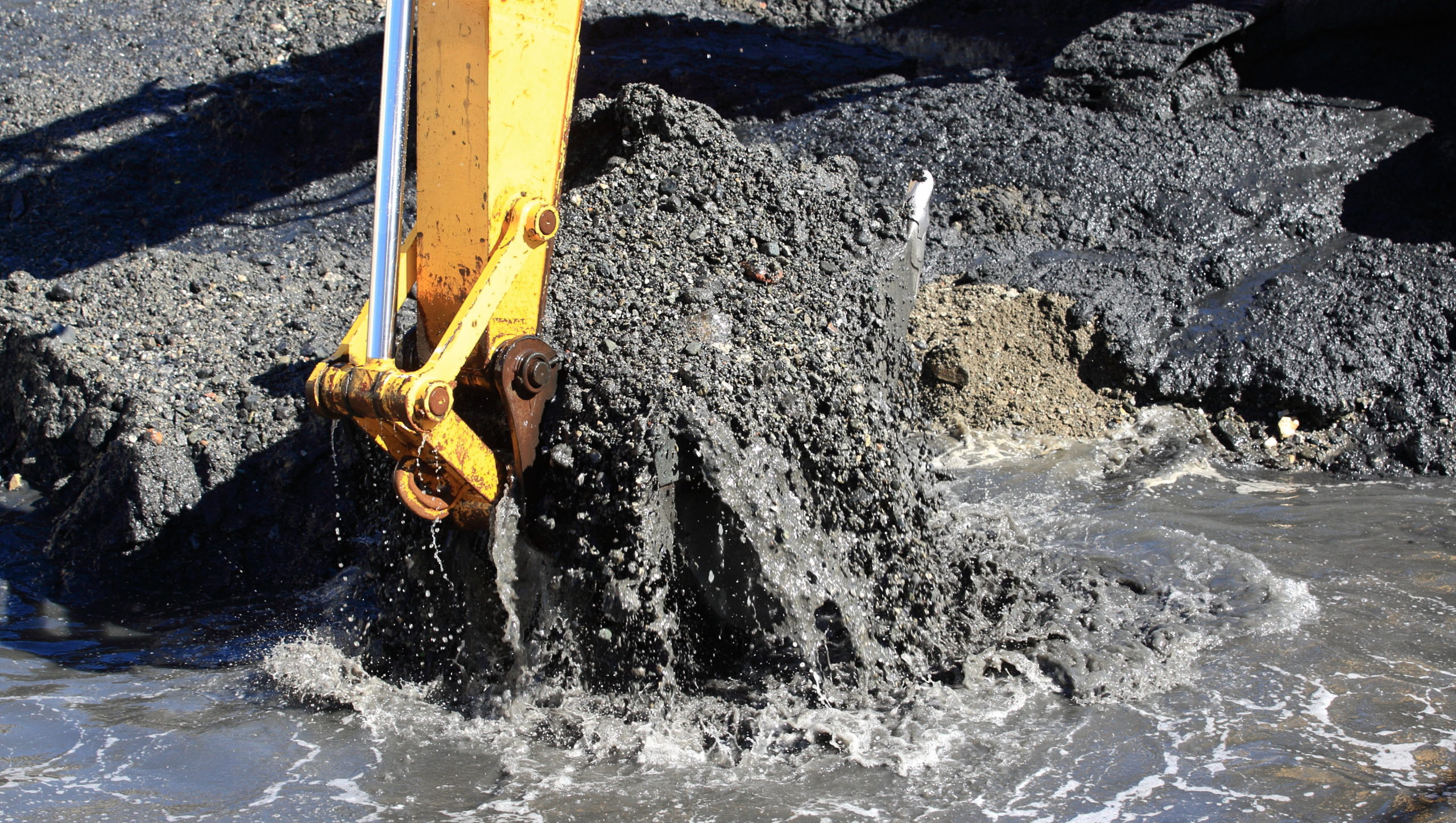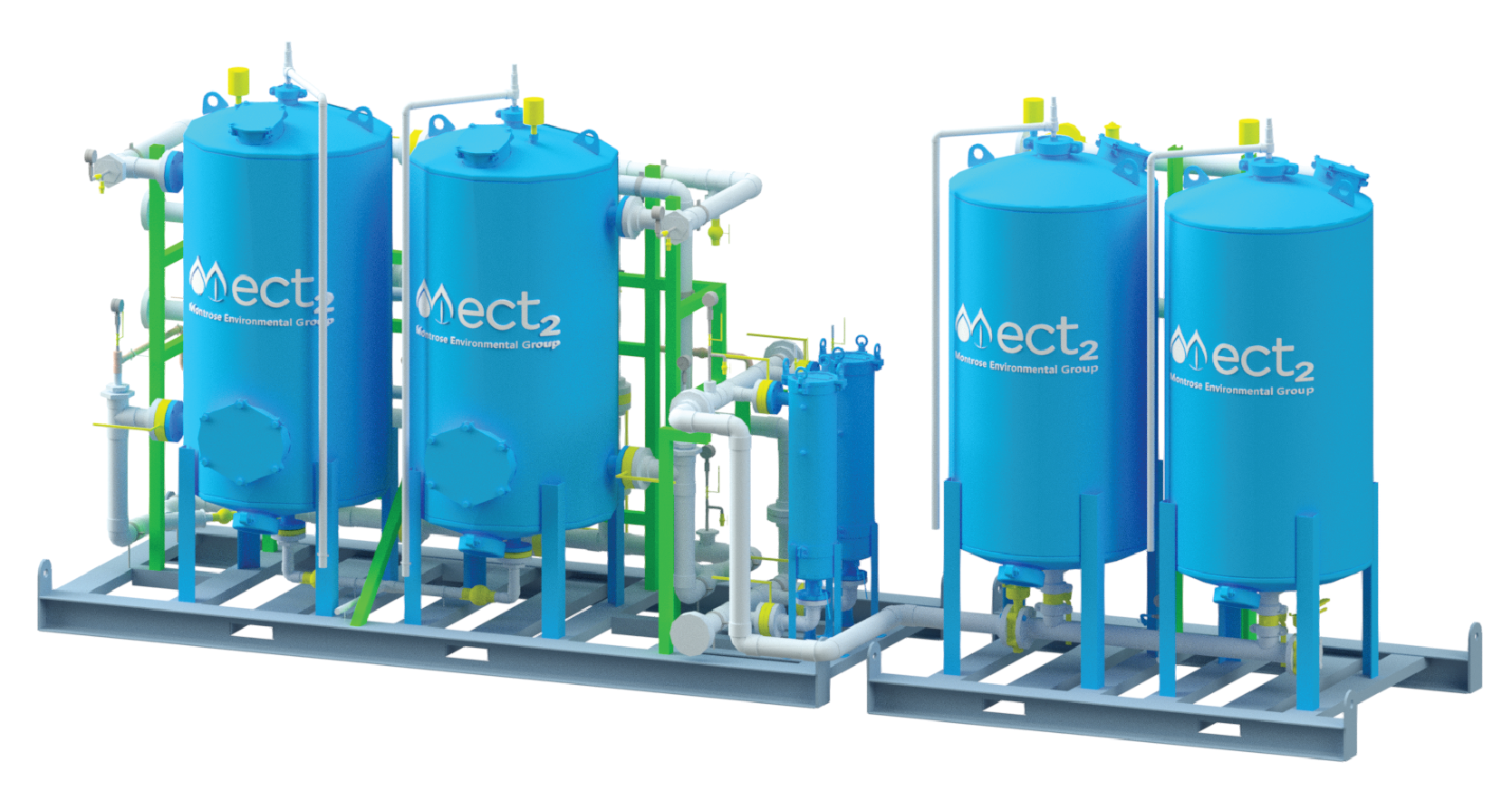
Construction
De-watering
De-watering
Staying Ahead of
Tightening Standards

In many construction site dewatering processes, the extracted water may contain contaminants that are an expected aspect of a brownfield redevelopment project or were drawn into the dewatering stream from an adjacent contaminated site and will require treatment prior to discharge. Emerging contaminants such as PFAS, 1,4-dioxane, and specialty VOCs may be components of this dewatering stream. In the US, the Environmental Protection Agency (EPA) has initiated the process to designate PFOA and PFOS as Comprehensive Environmental Response, Compensation, and Liability Act (CERCLA) hazardous substances as part of the PFAS Action Plan, and many states have made progress in establishing MCLs for PFAS compounds. In Australia, the PFAS National Environmental Management Plan provides guidance for managing contaminated ground and surface water, including the Food Standards Australia and New Zealand health based guidance values and the Australian and New Zealand Guidelines for Fresh and Marine Water Quality draft values. In response to these developments, construction companies, landholders, and project owners are seeking to ensure that extracted water is being treated to meet the new standards, even before they are established, in order to prevent potential liabilities.
Outstanding Insight into
Site-specific Conditions

ECT2 provides a full range of treatment services and solutions for construction dewatering, including bench and pilot studies, system design and engineering of temporary and modular systems, installation, construction management, startup and commissioning, and ongoing operating contracts. We have a team of employees with decades of experience in hydrogeology and remedial engineering and design, which, combined with our operations experience, provides outstanding insight into site-specific conditions to be addressed, such as the size of the excavation area, the soil permeability, the level of the water table, and the required flow rate, ensuring that performance demands and permitting requirements are met. Since 2016 we have implemented hundreds of single use and regenerable water treatment systems, worldwide, that have treated billions of liters of PFAS-contaminated water.
Flexible, Rapid-deployment
Treatment Systems

Our treatment systems are well-matched to the requirements of construction dewatering, featuring small footprints, rapid deployability, modular designs, adaptable components, and the flexibility to address a wide range of concentrations and flow rates. In particular, our T LC construction dewatering system is a transportable, low-concentration treatment skid that accommodates short lead times, delivers 24-hour operation, is readily moved around the construction site, and accommodates sophisticated pre-treatment configurations.
Meer informatie? > Neem contact met ons op!
Case Studies:
Providing Safe Drinking Water to a Rural Community Impacted by PFAS
PFAS was detected in samples pulled from drinking water in the town of Maysville, NC. ECT2 was contacted by engineering firm, TRC, to provide a solution to treat the contaminated water to safe drinking levels.
Content:
Commercial Airport Uses SORBIX™ PURE from ECT2 to Clean Up Its PFAS
A commercial airport in Scandinavia came to us for help after finding PFAS – including harder-to-treat short chains – in its groundwater.
